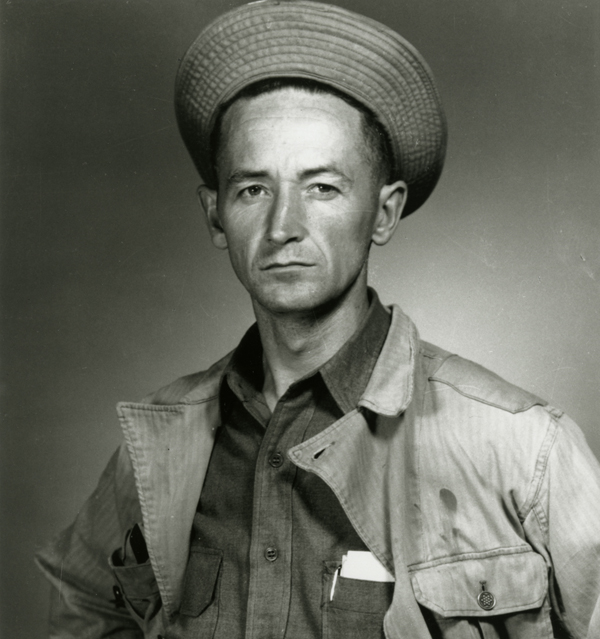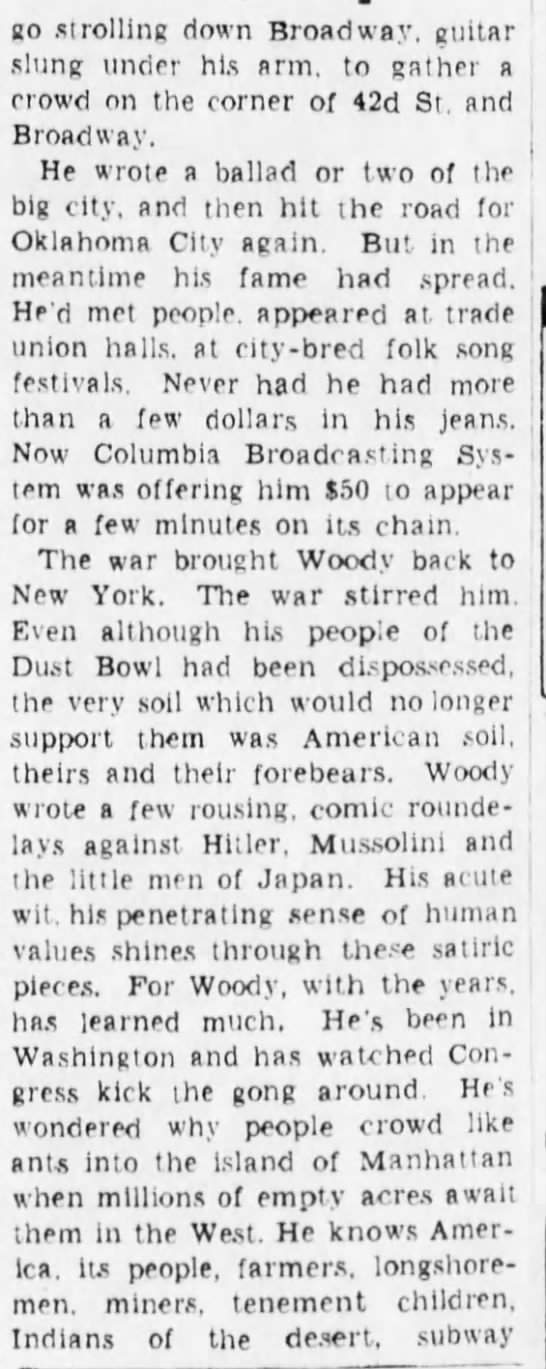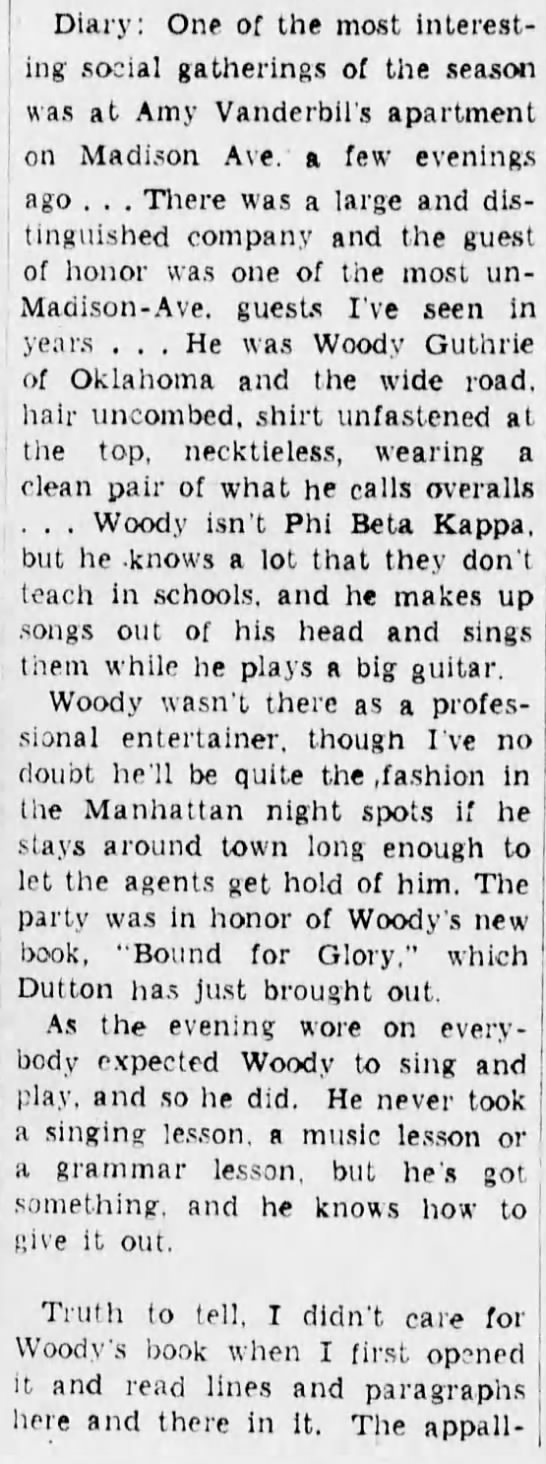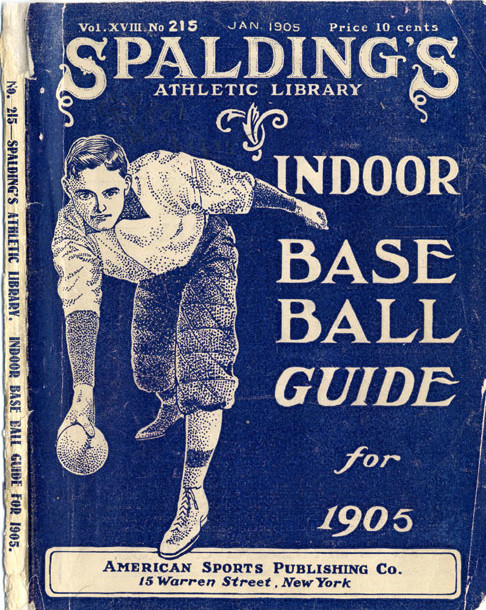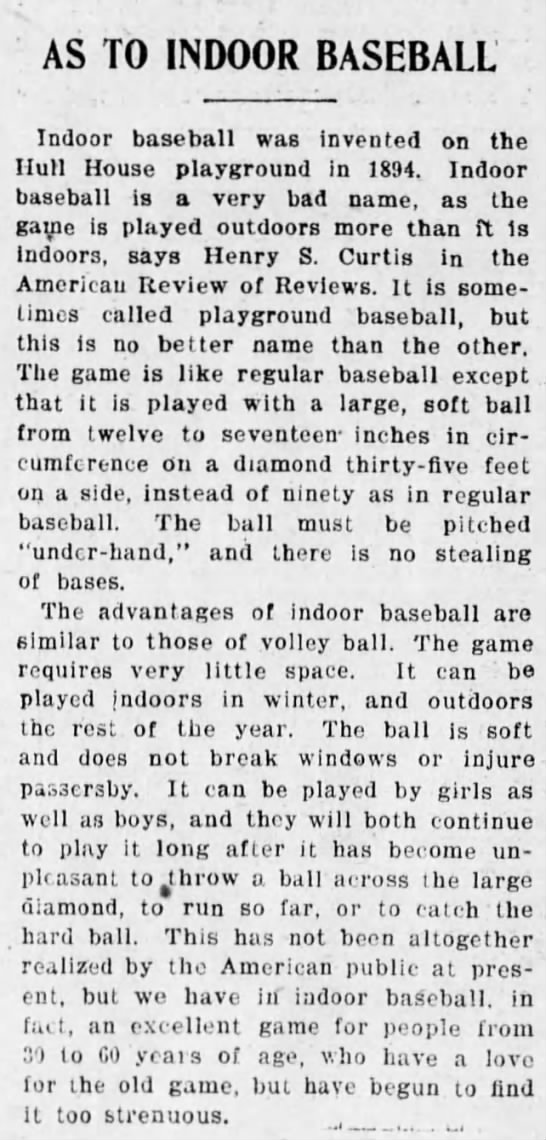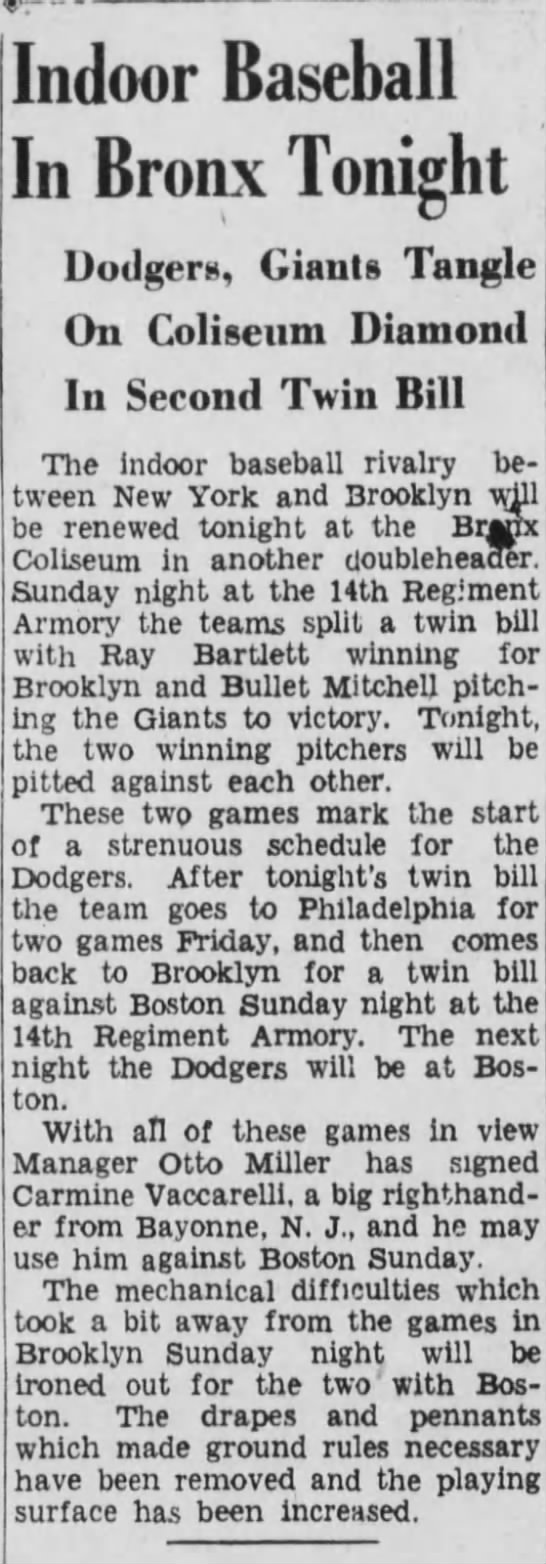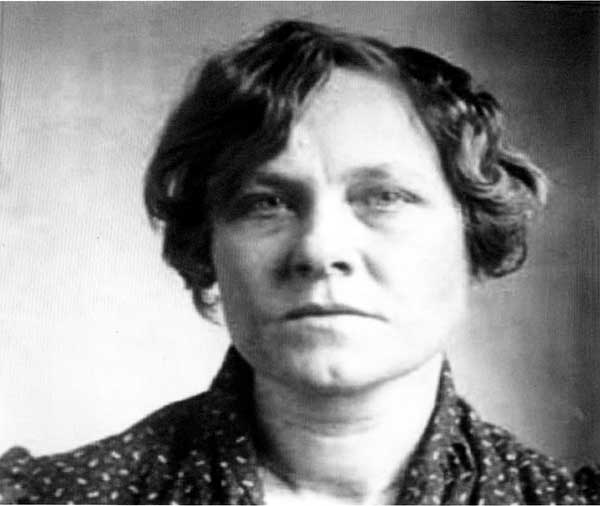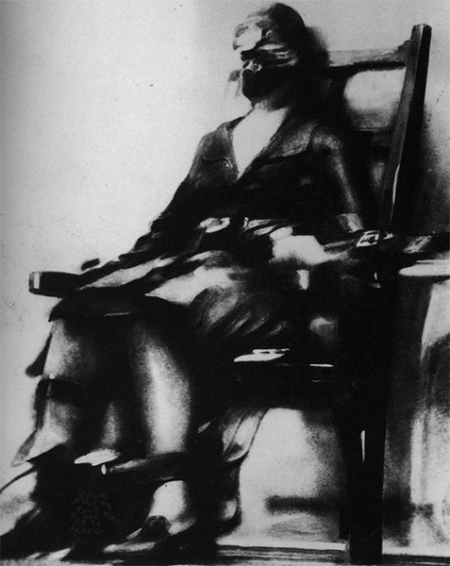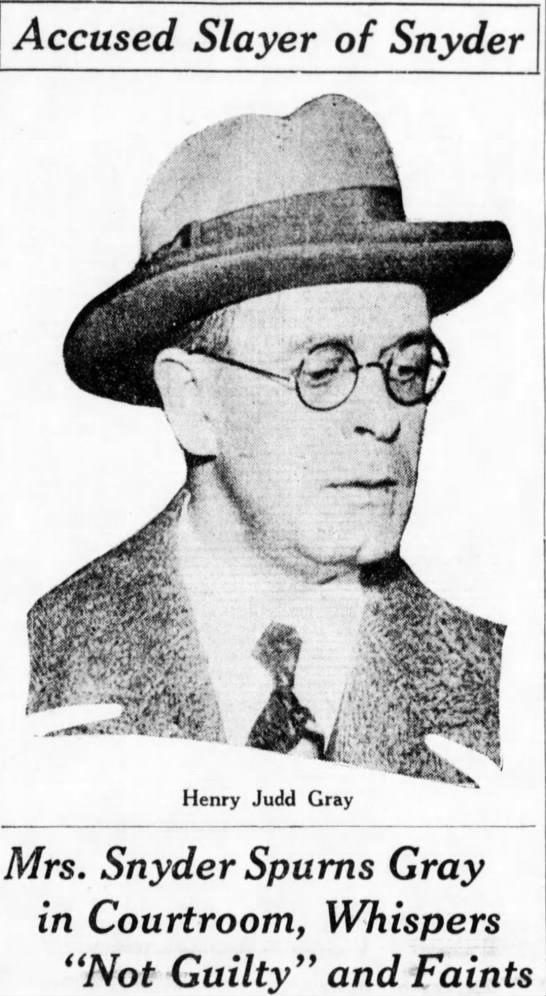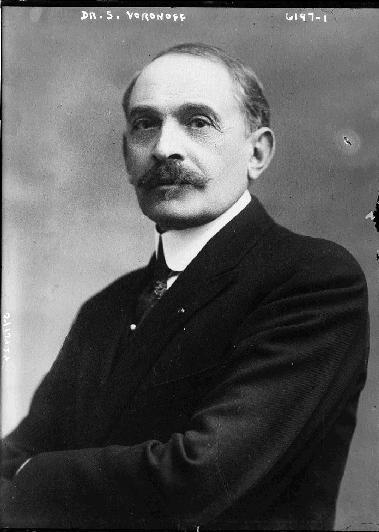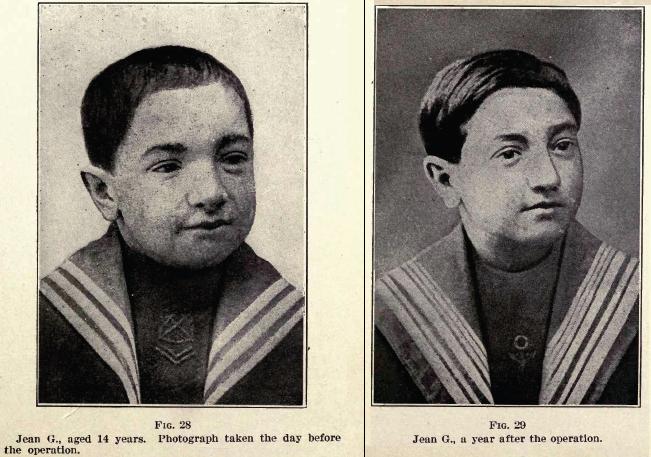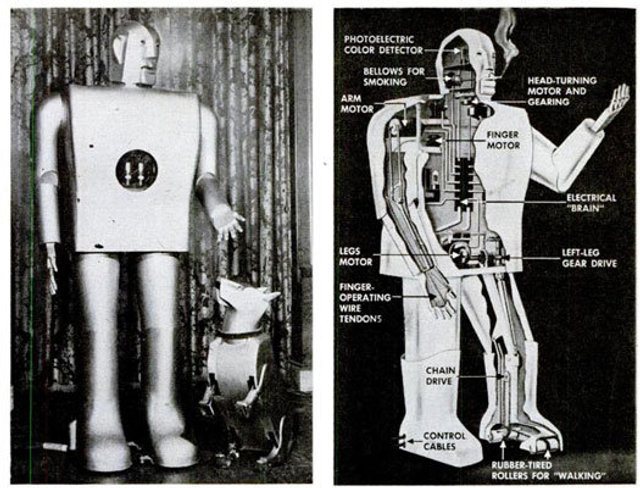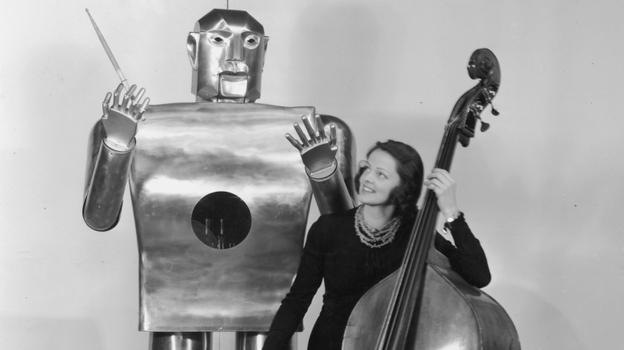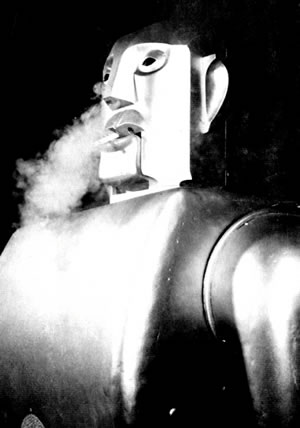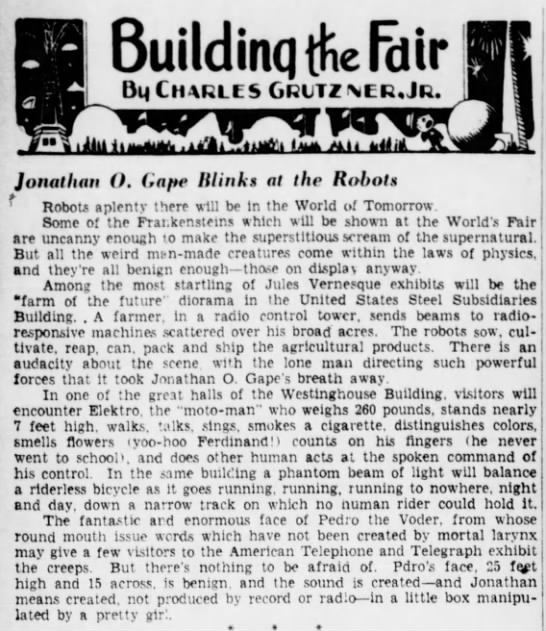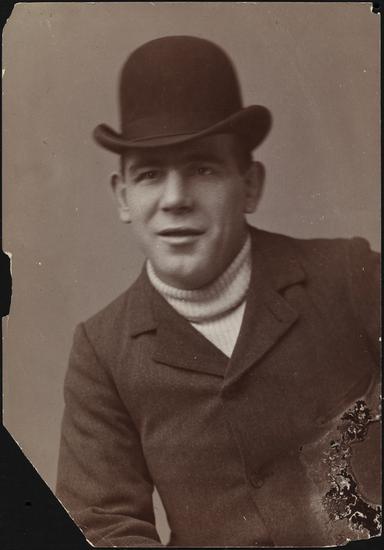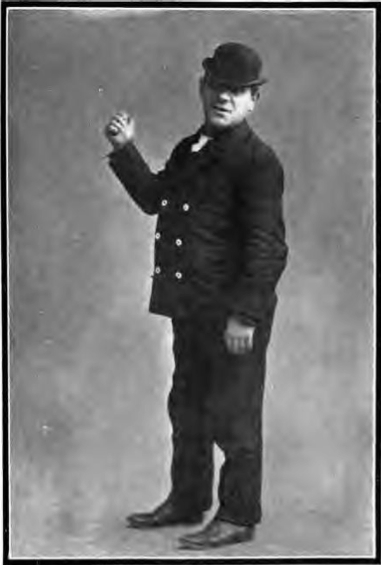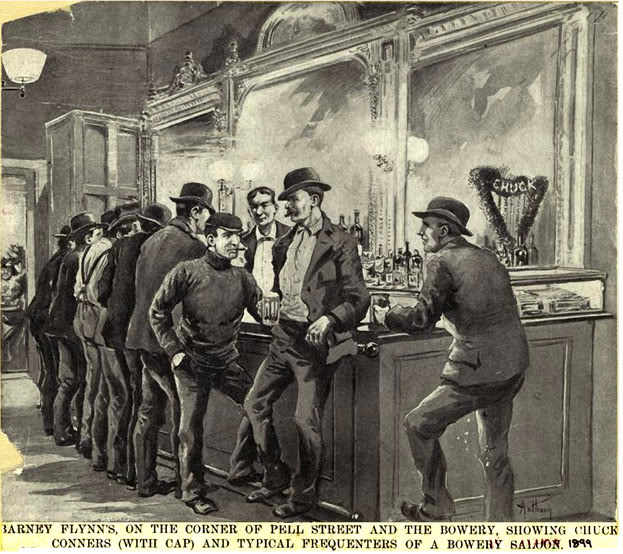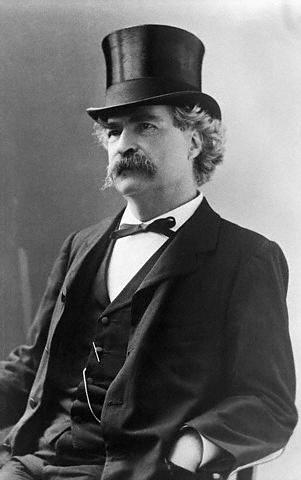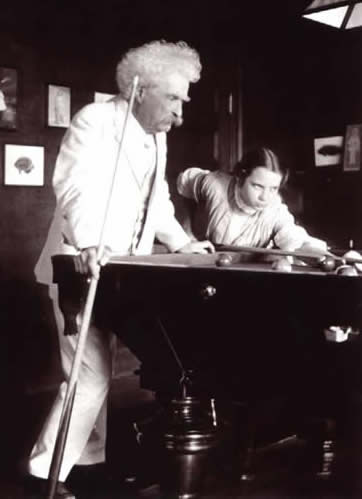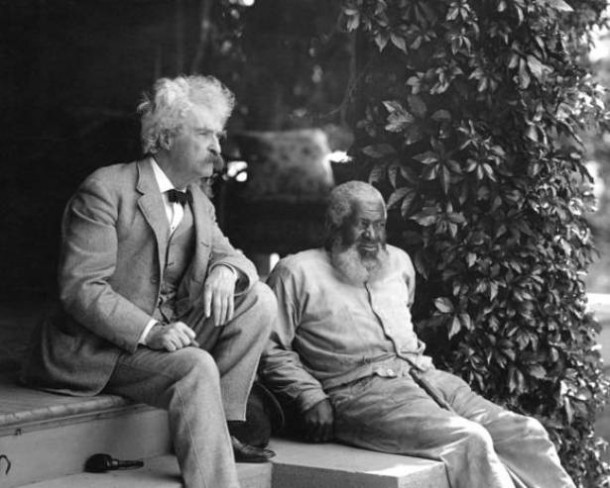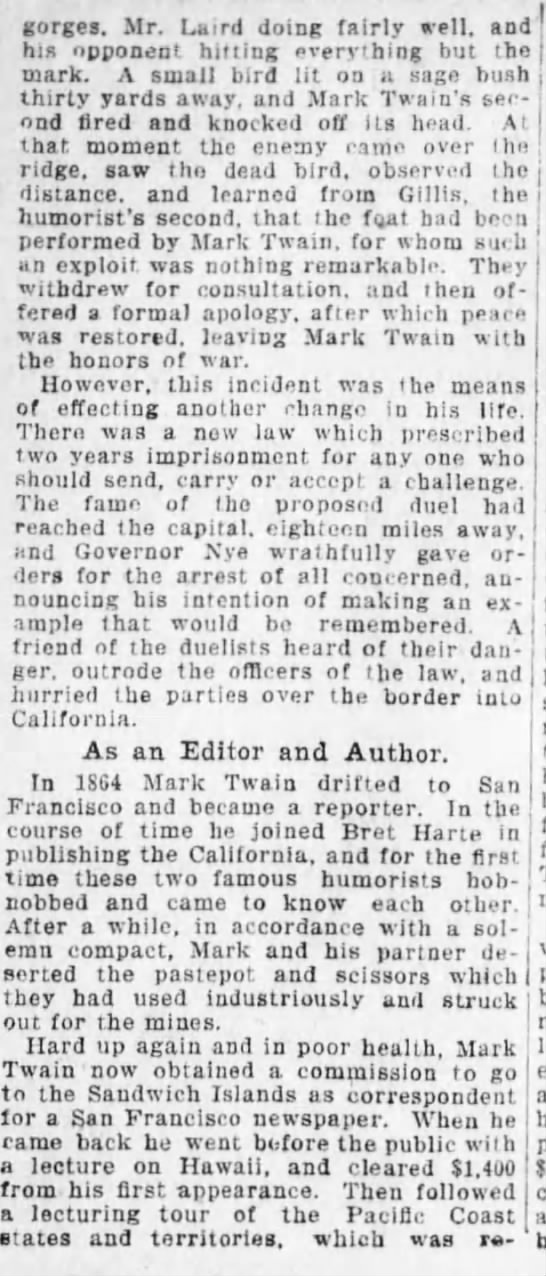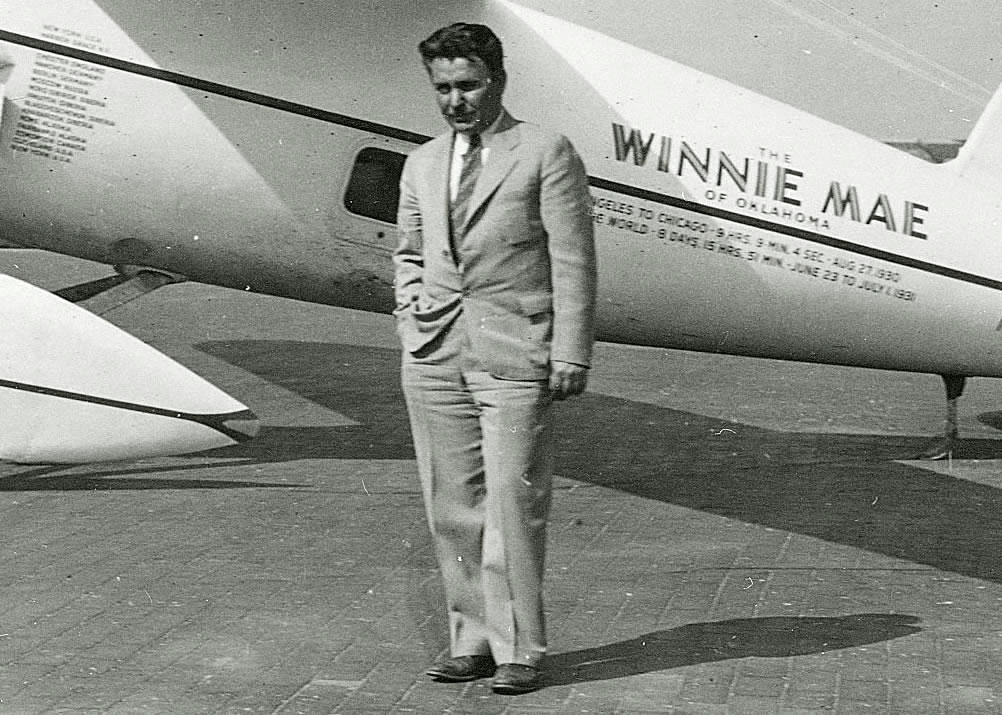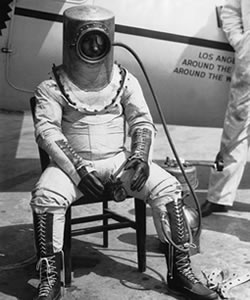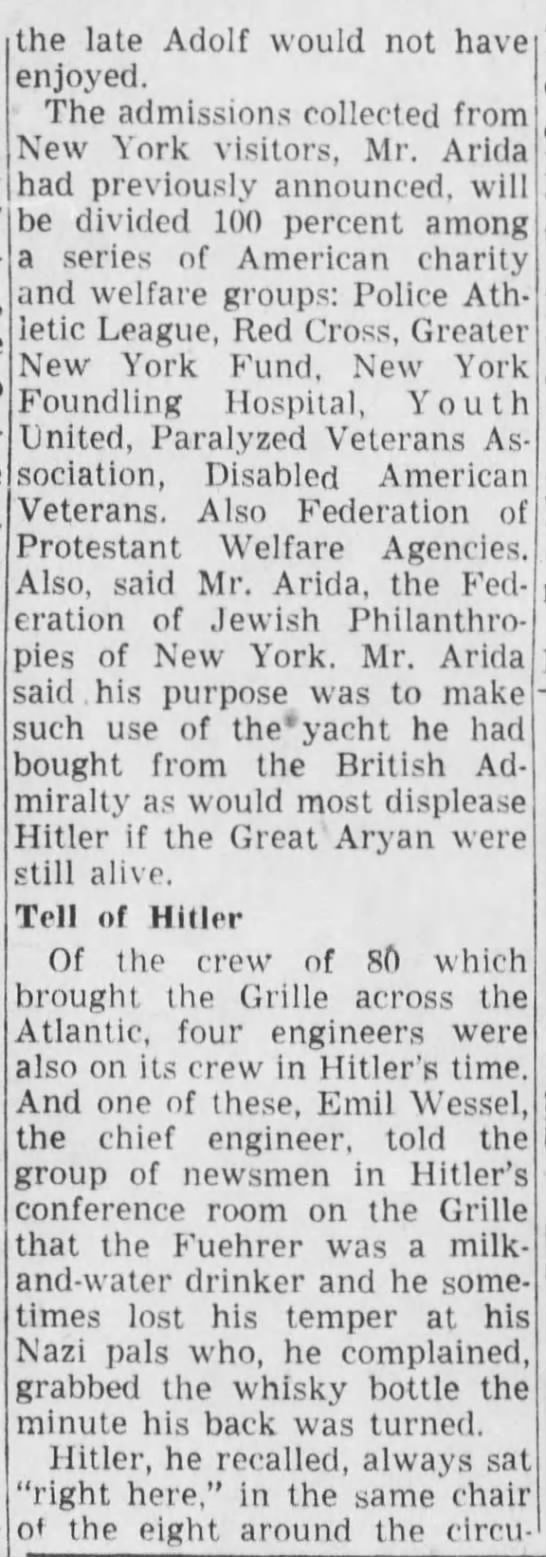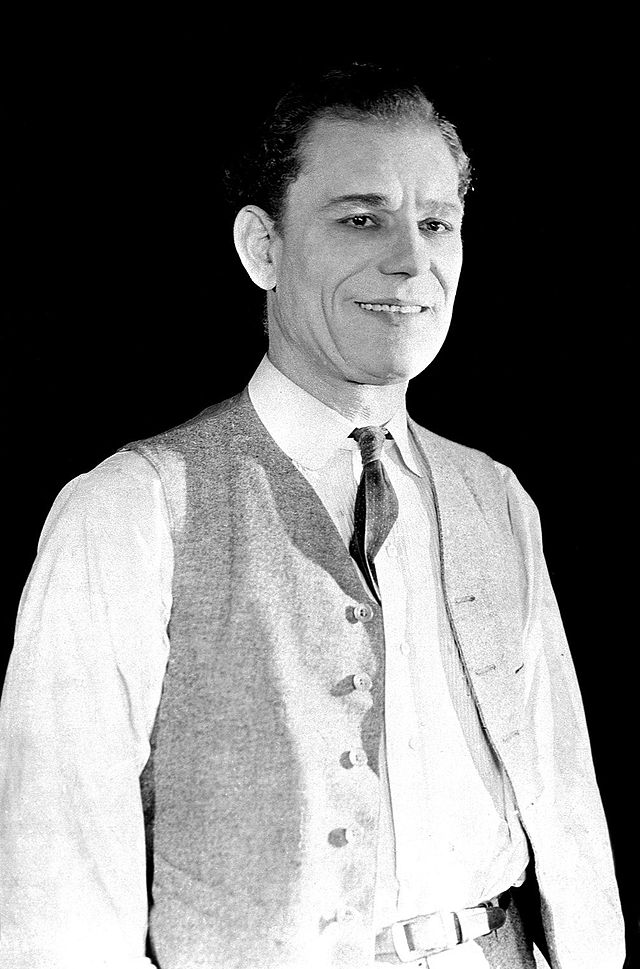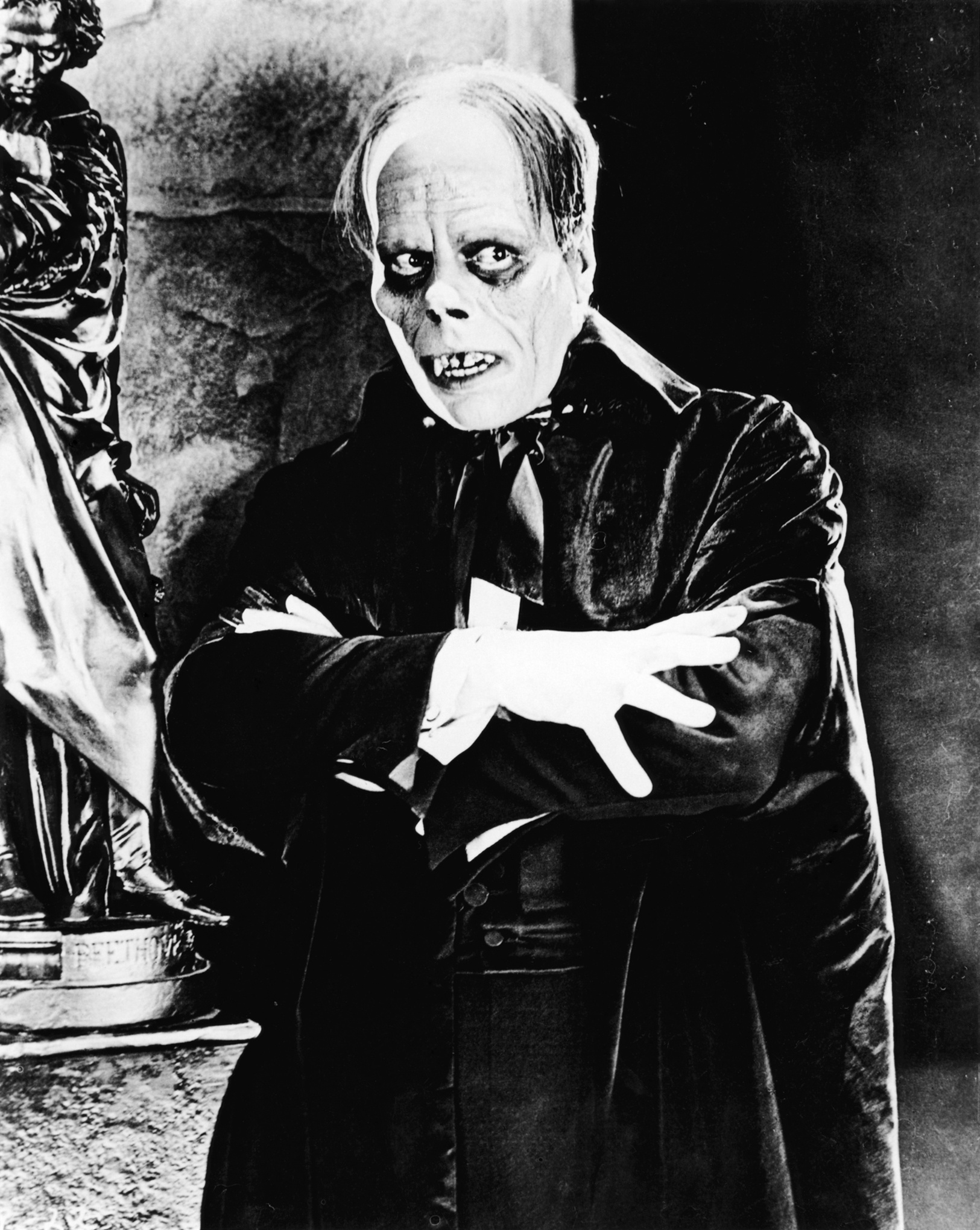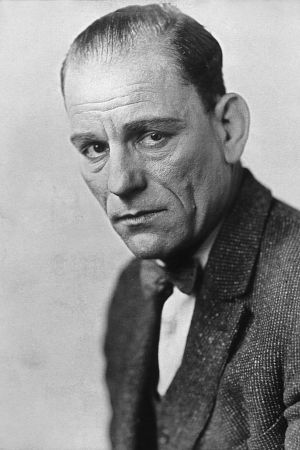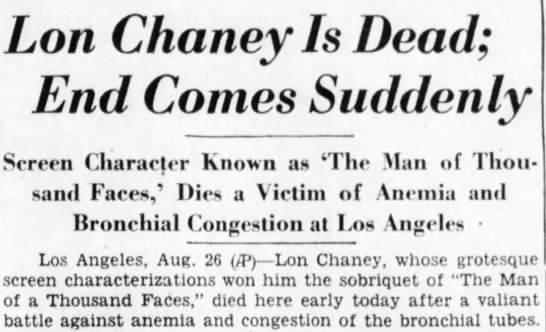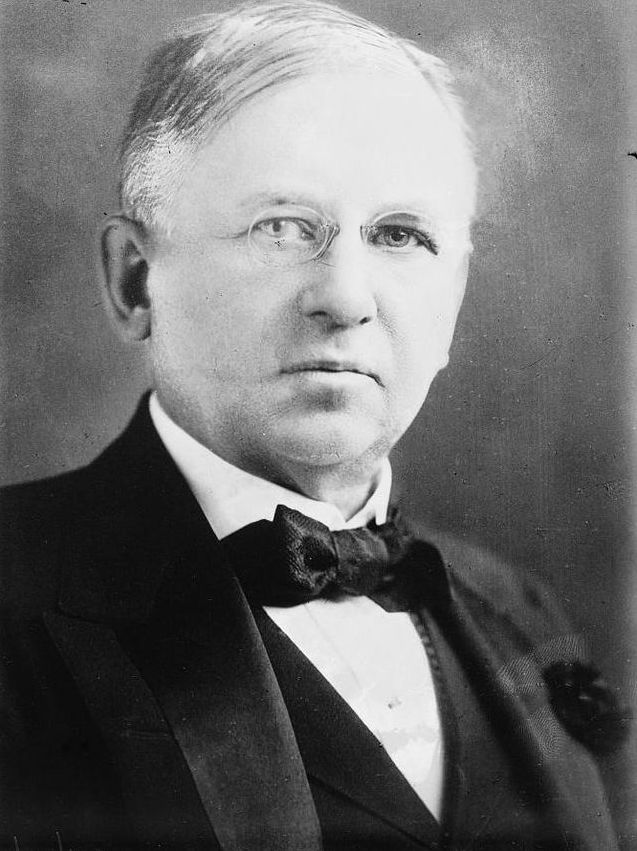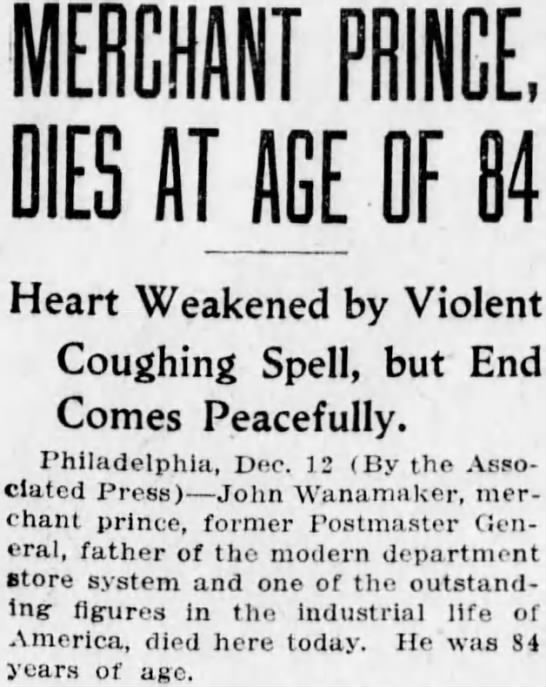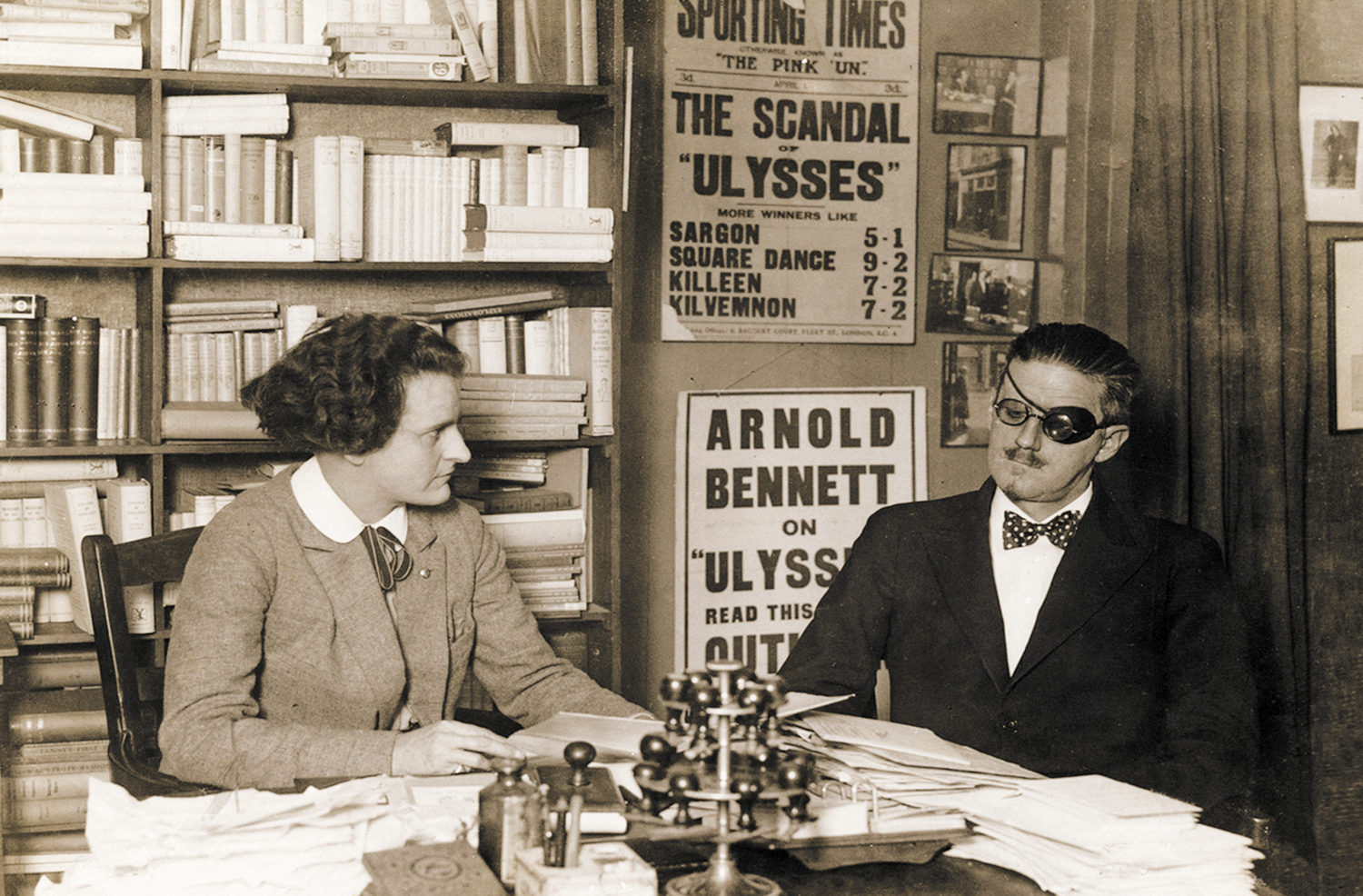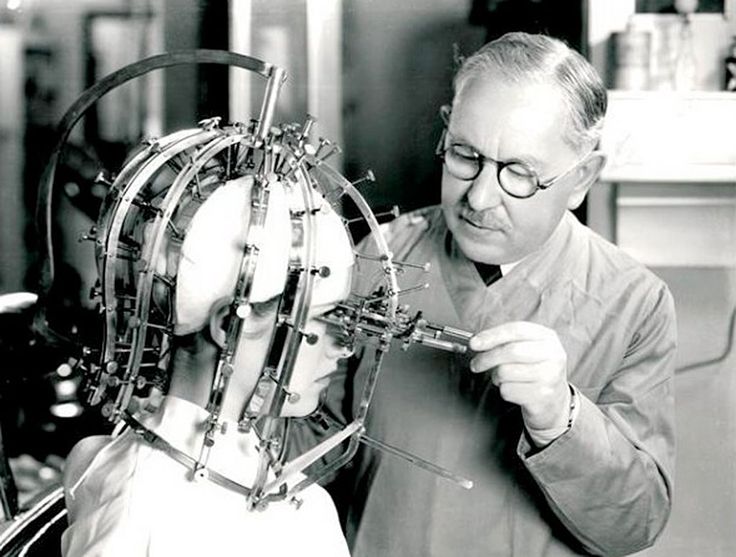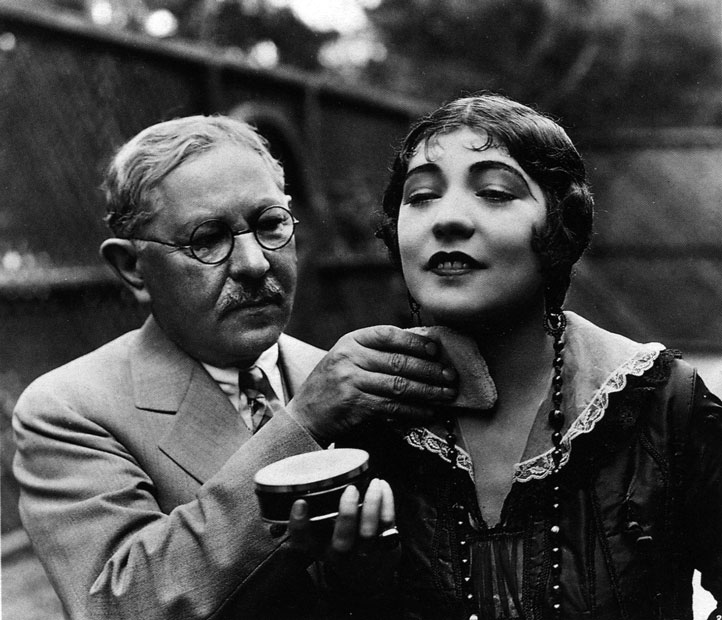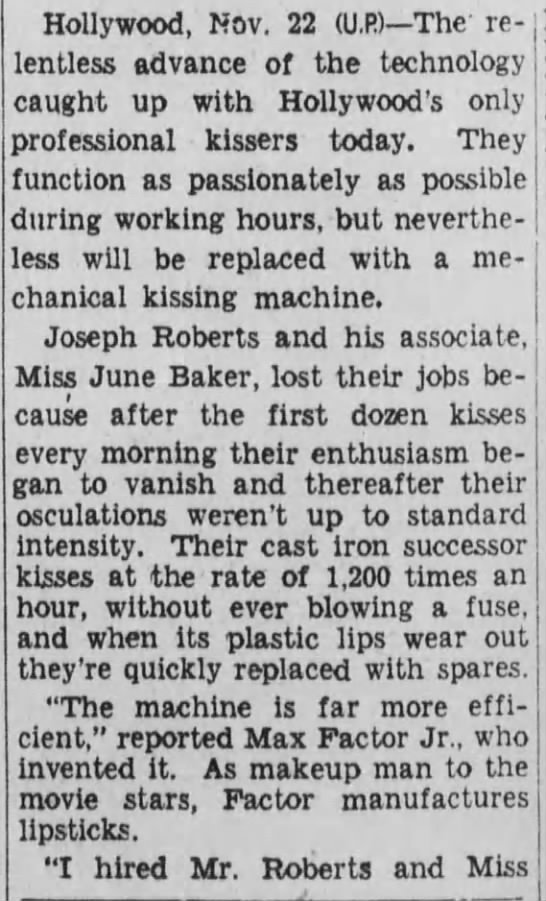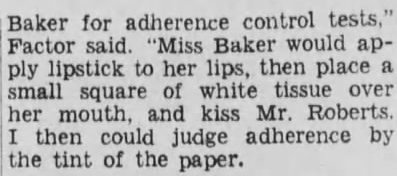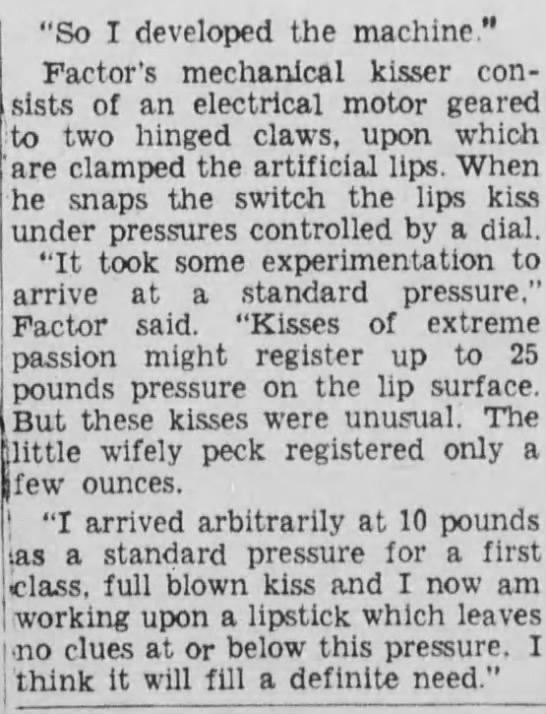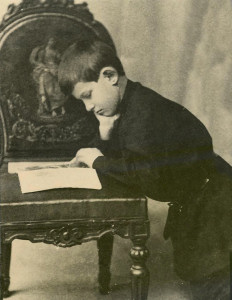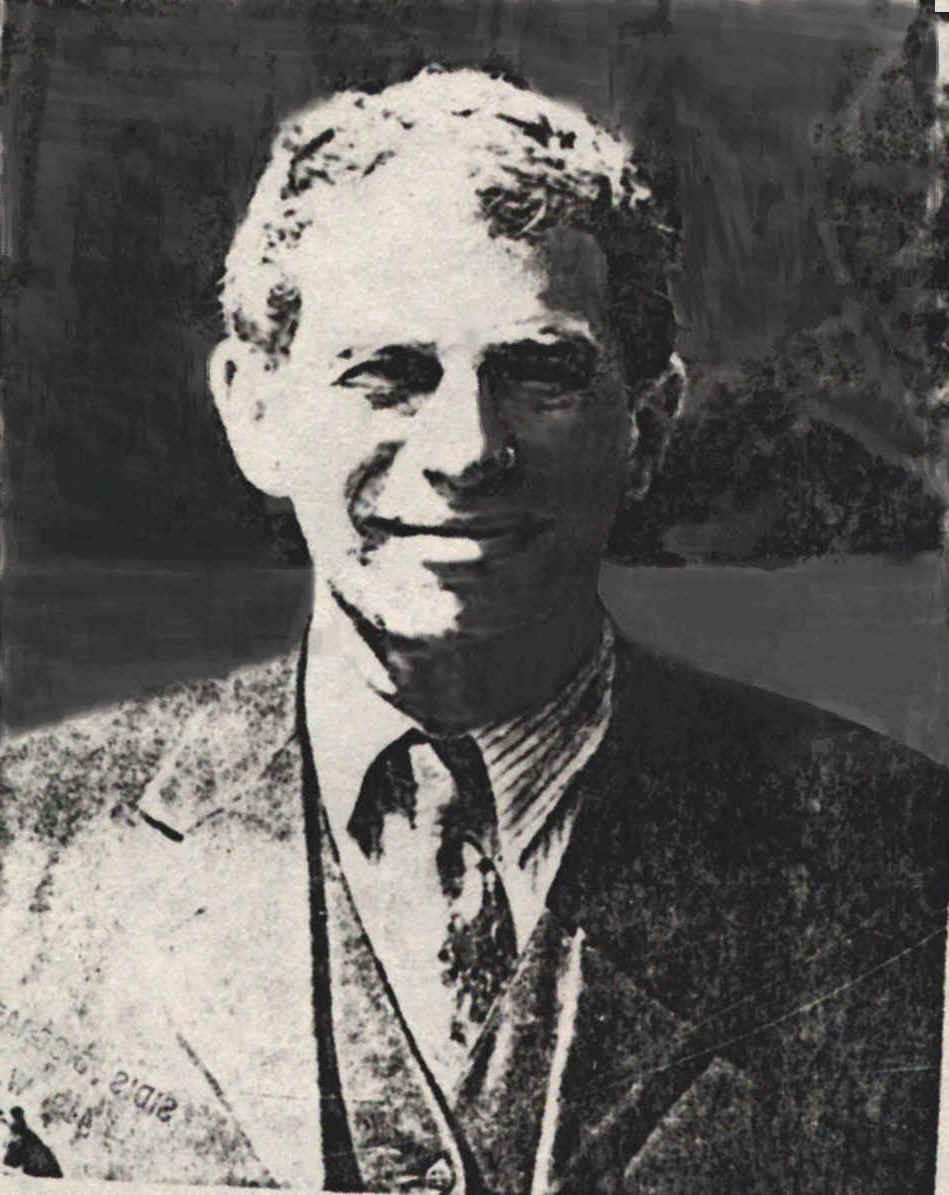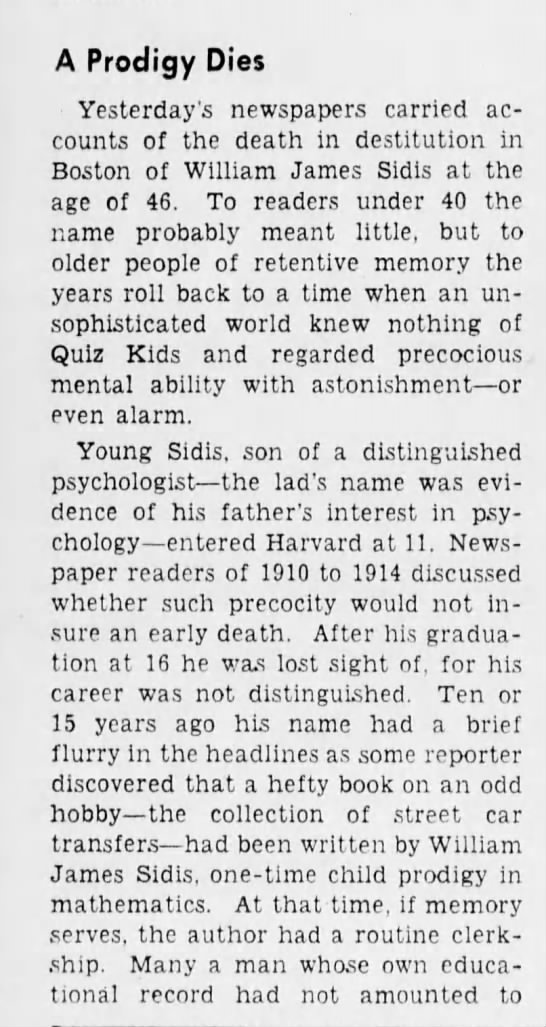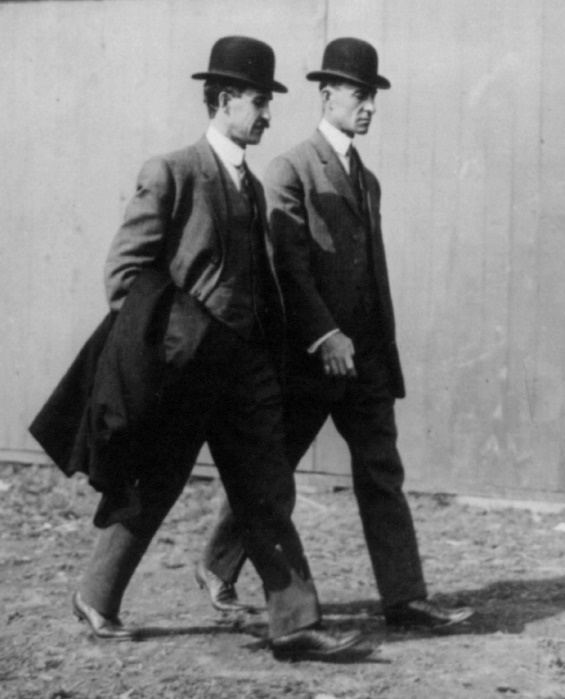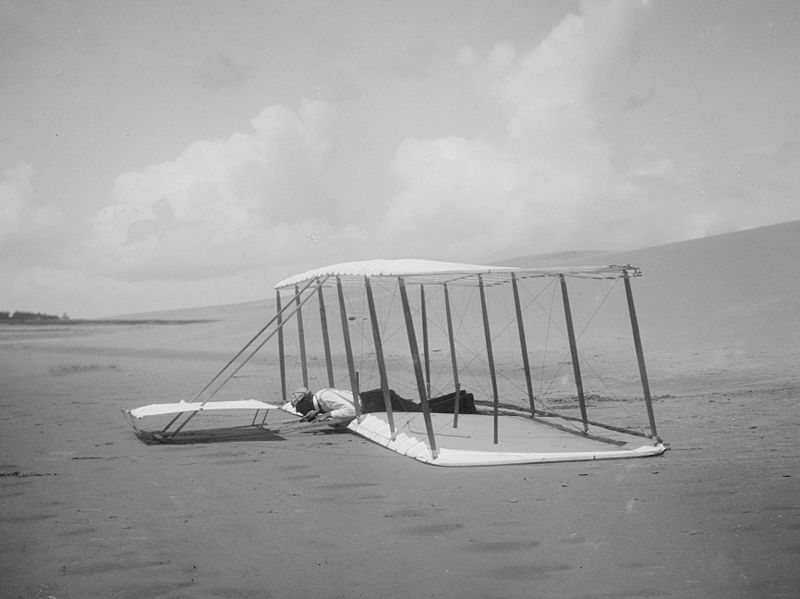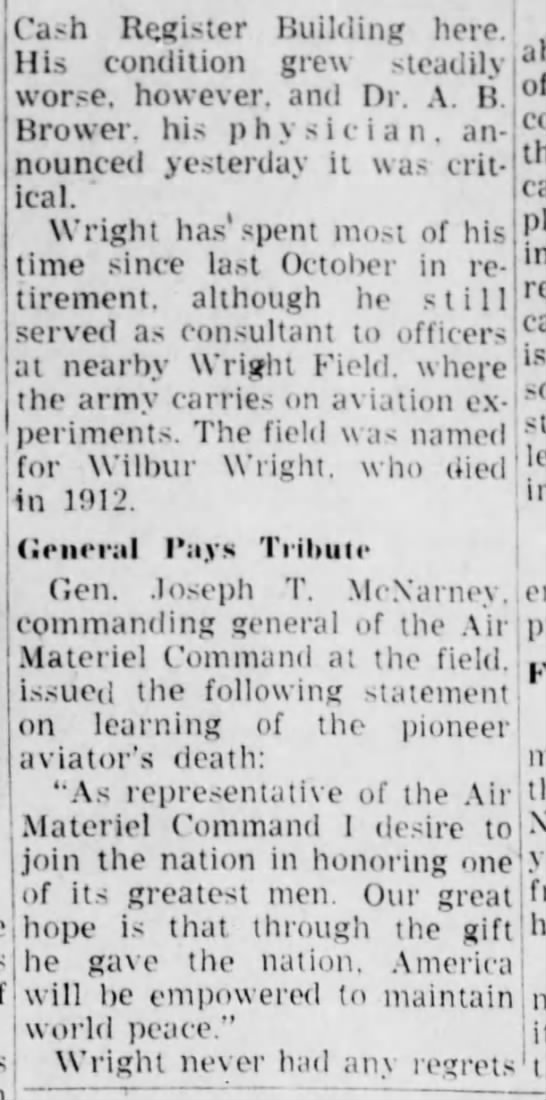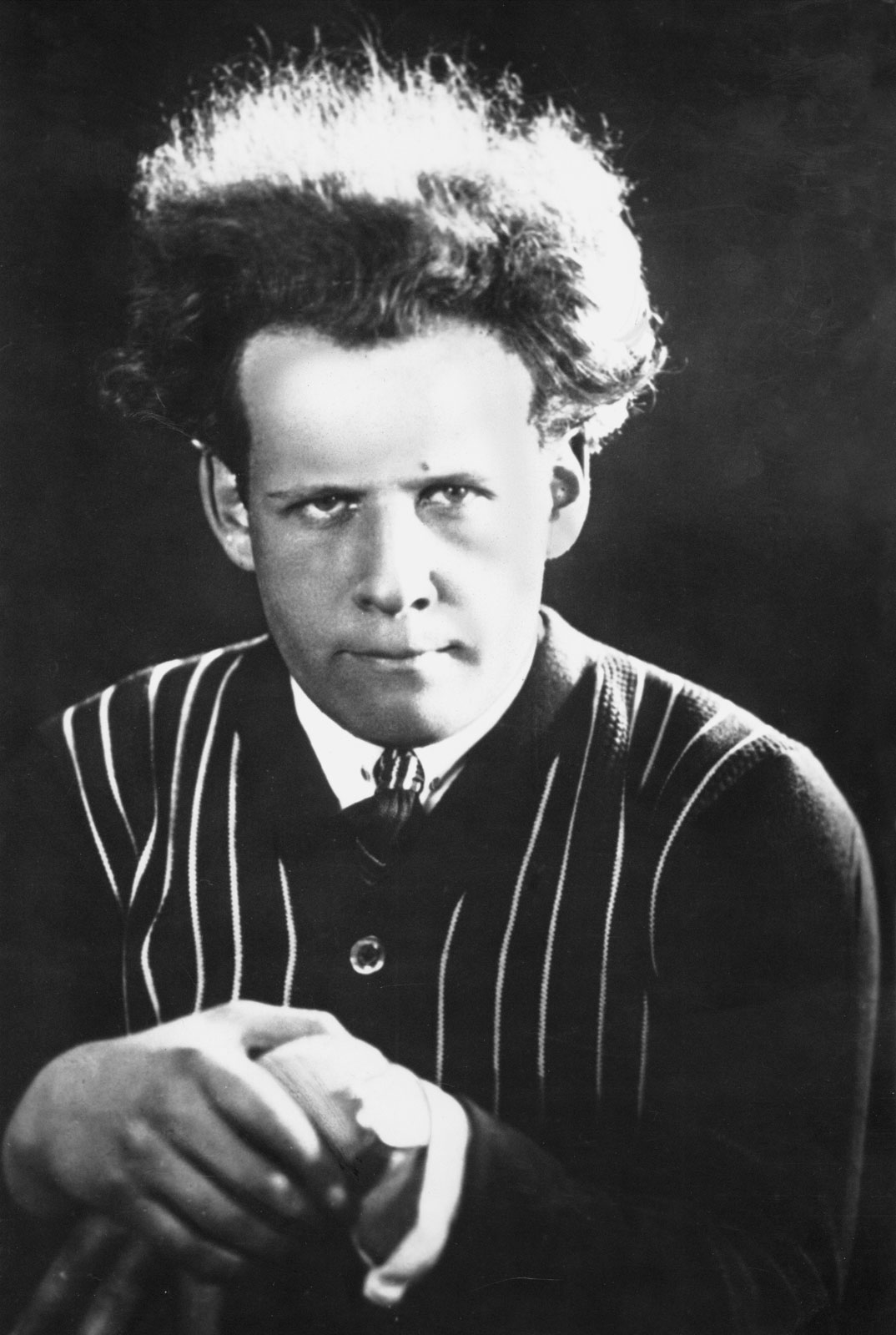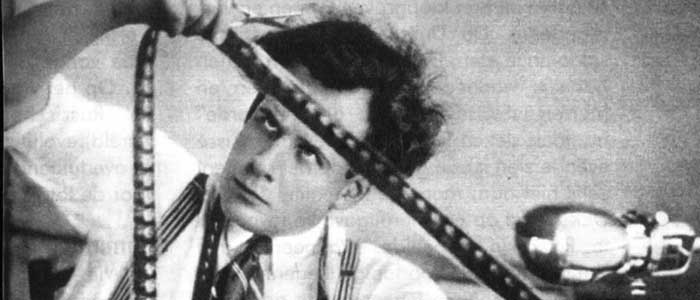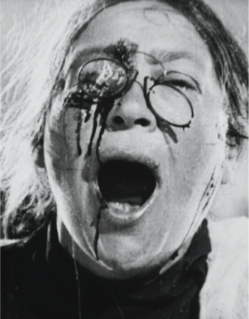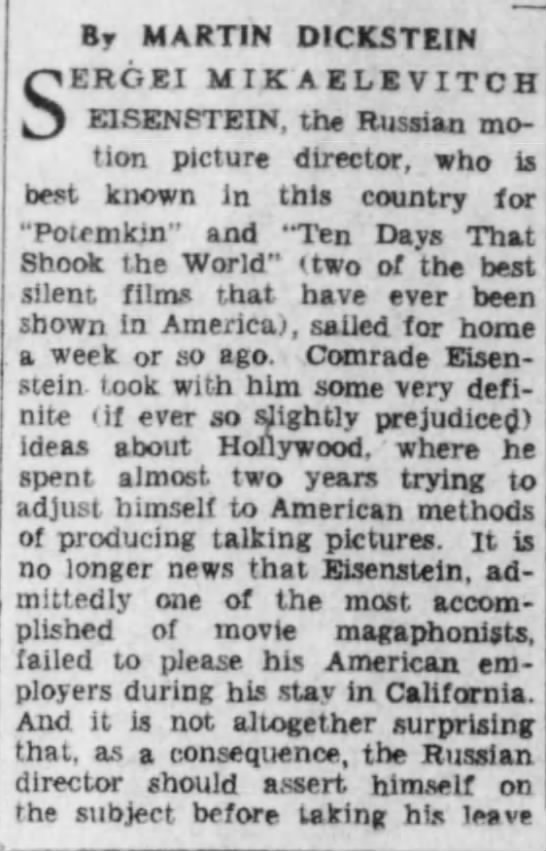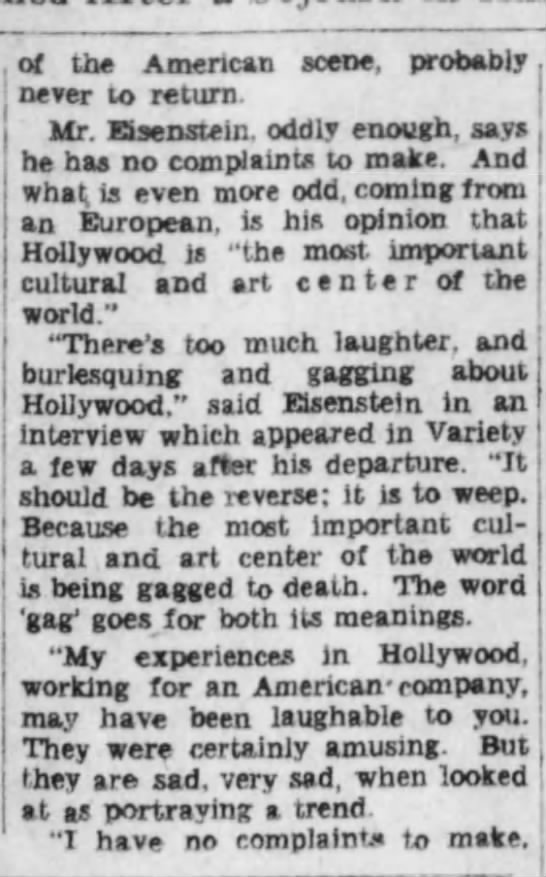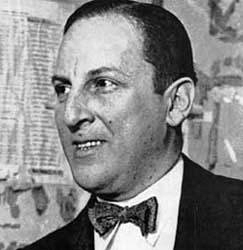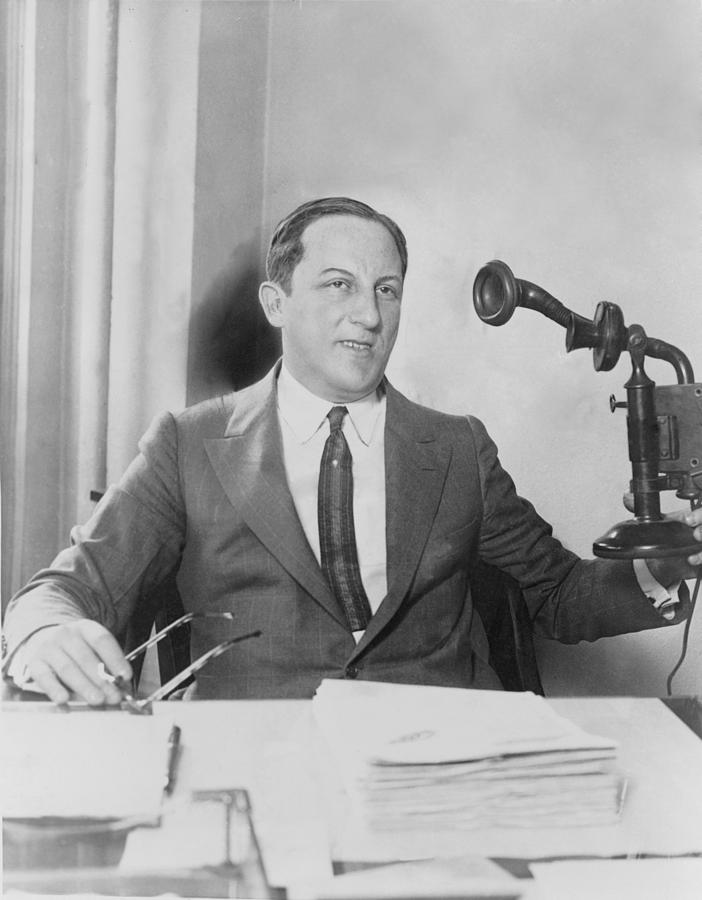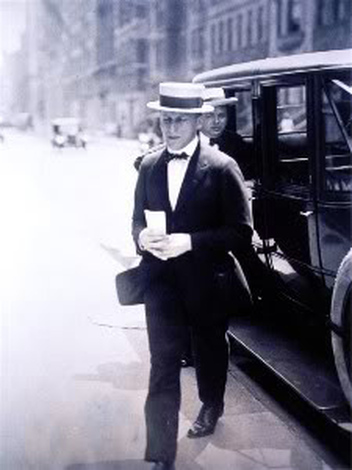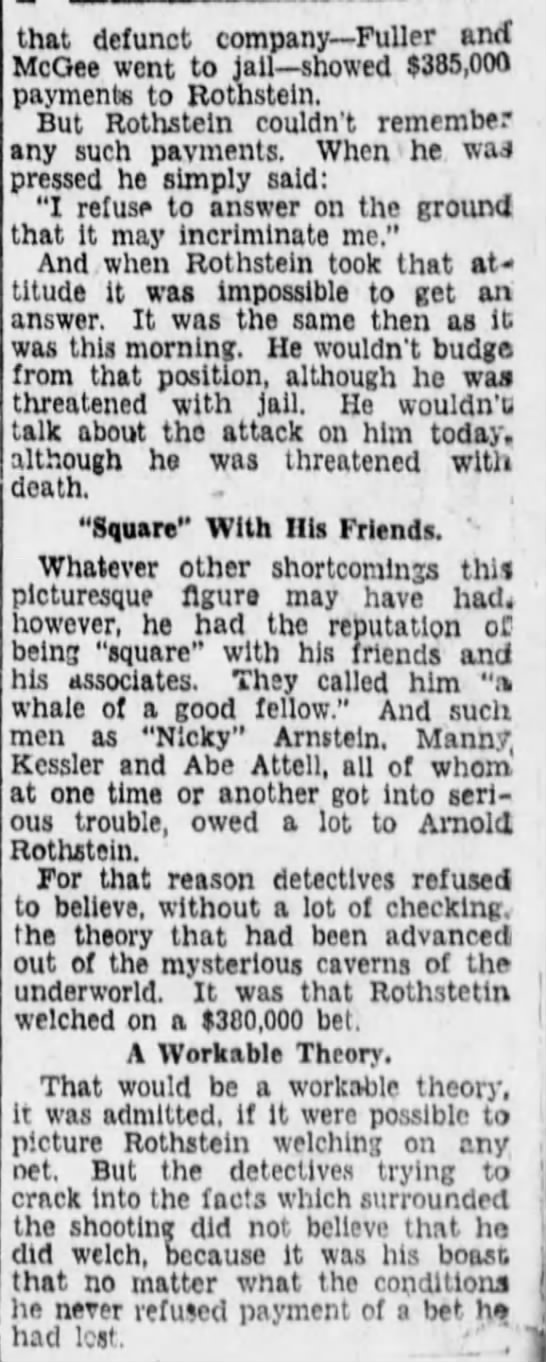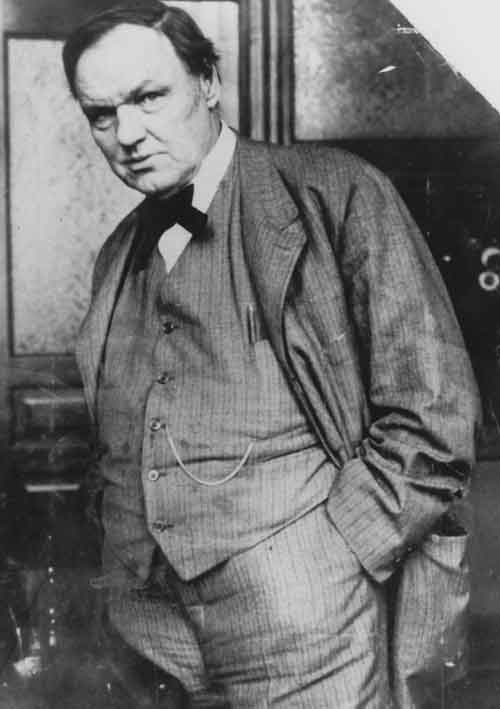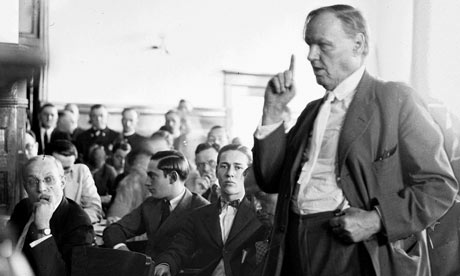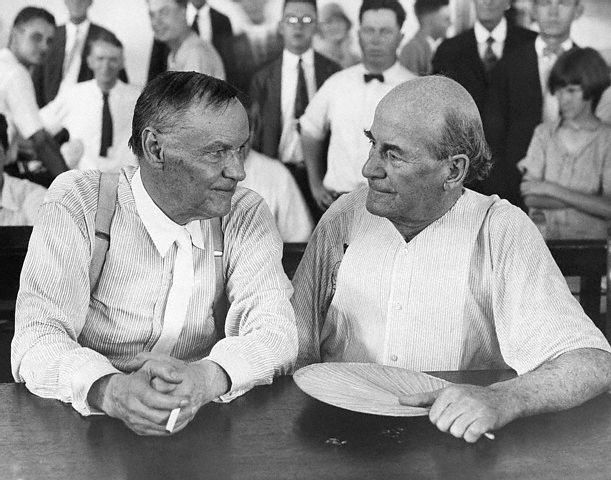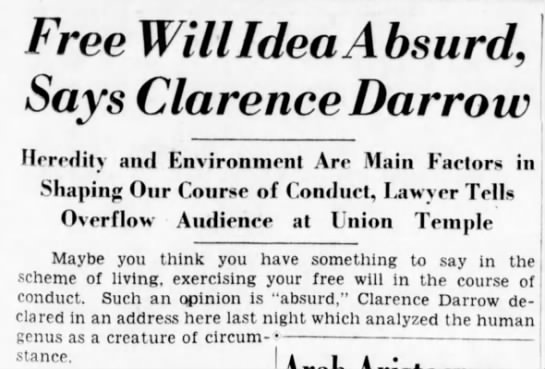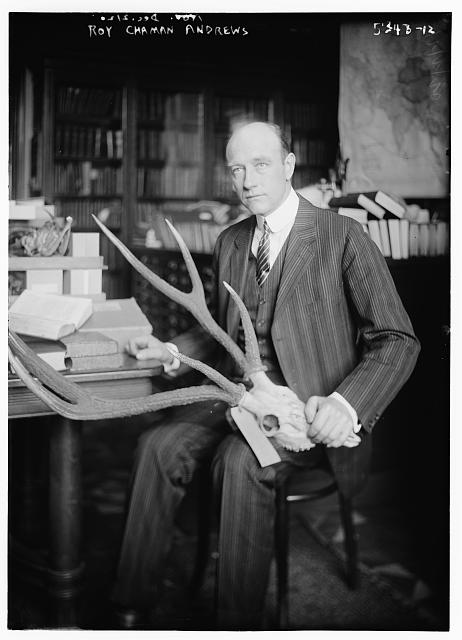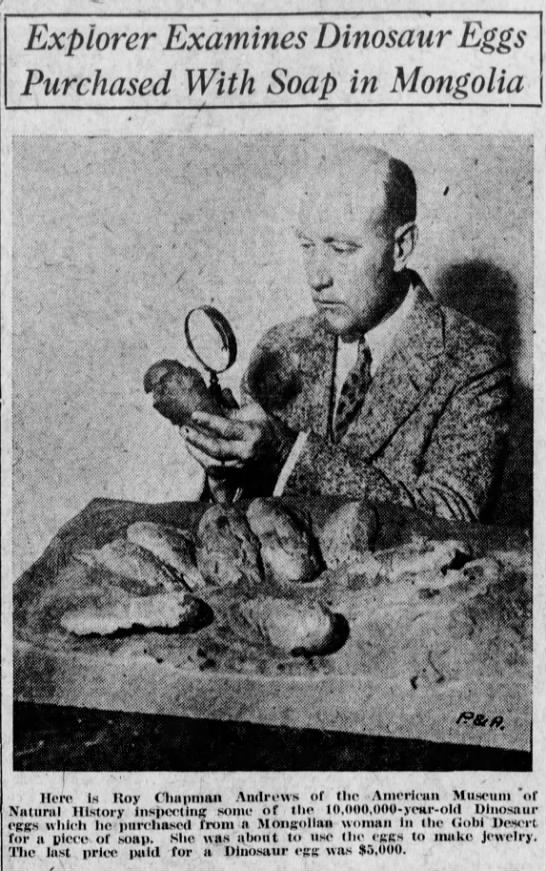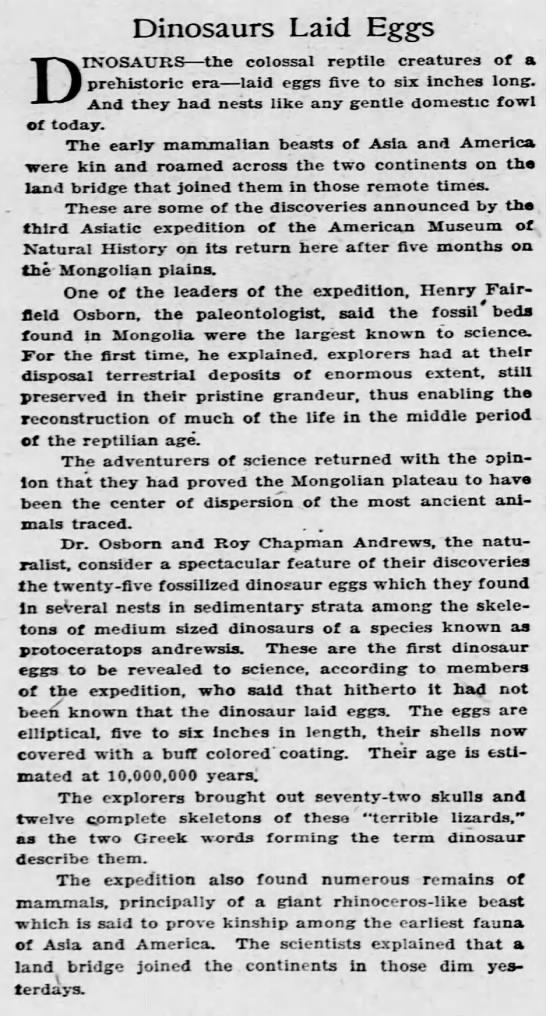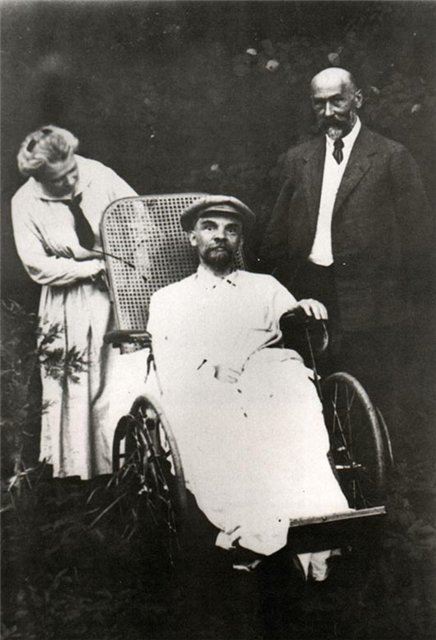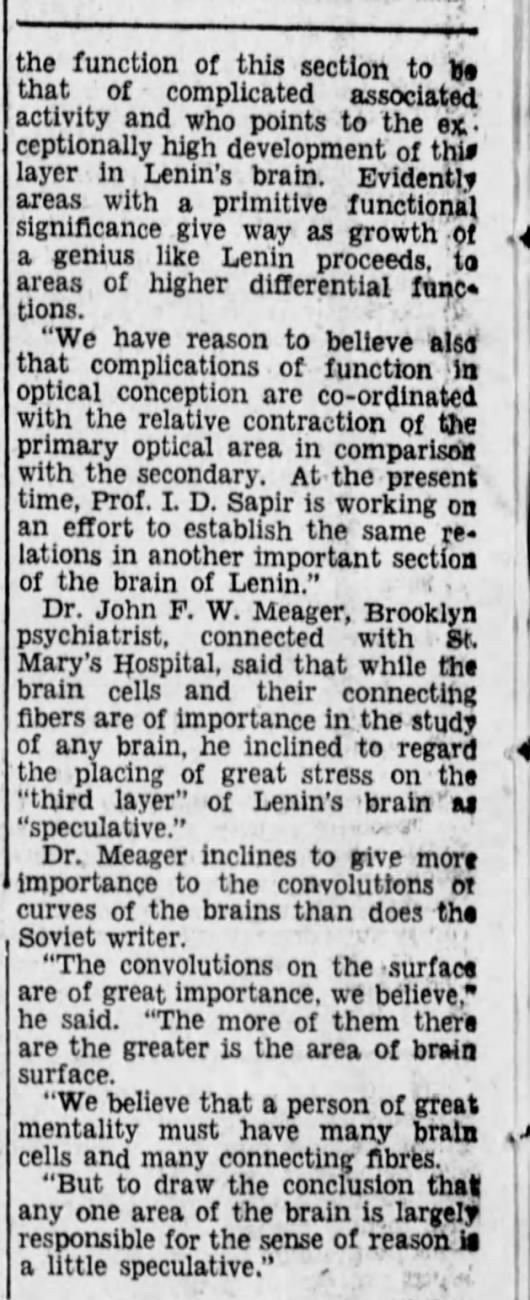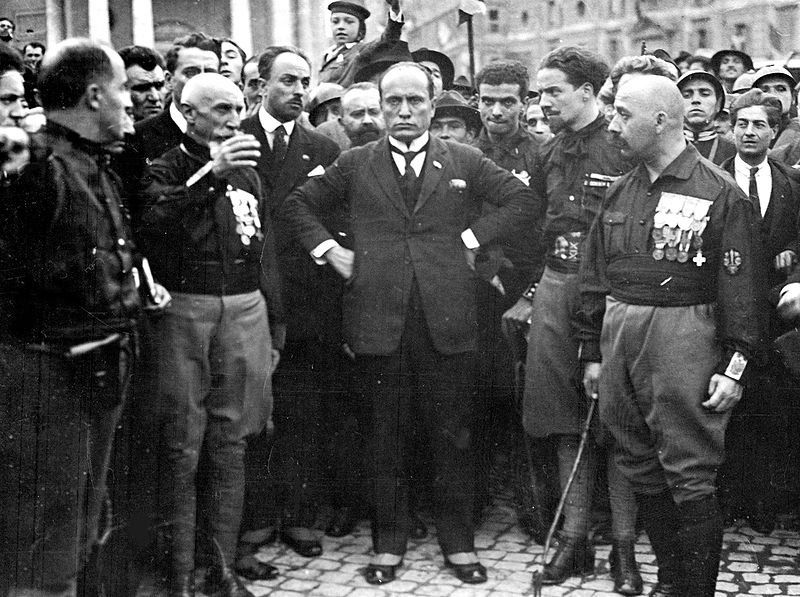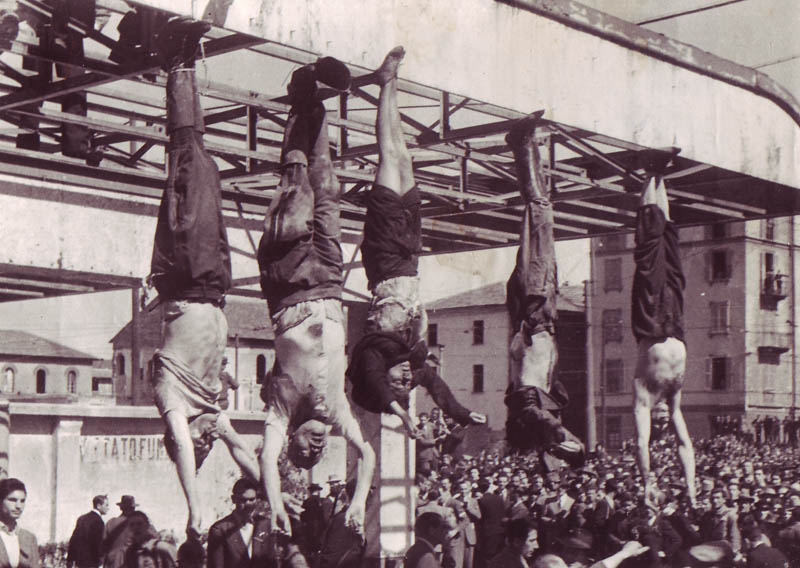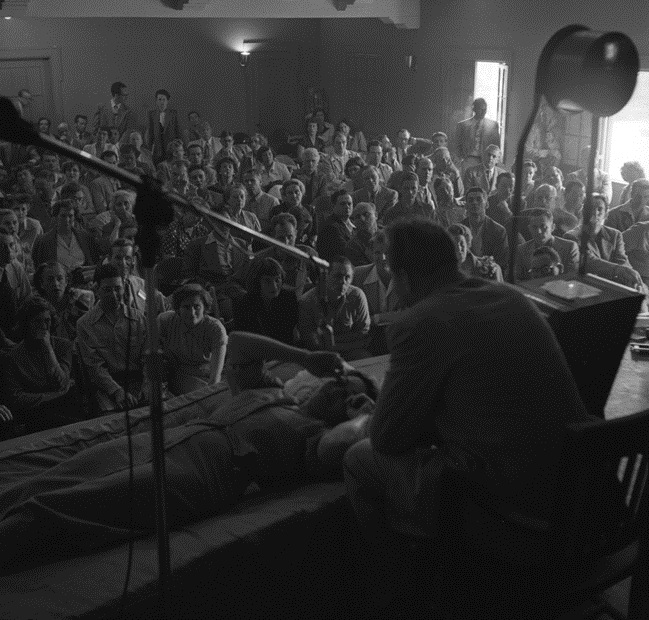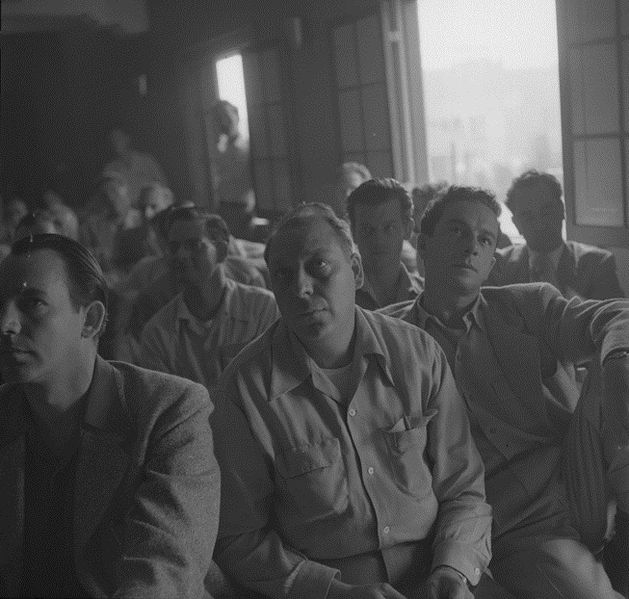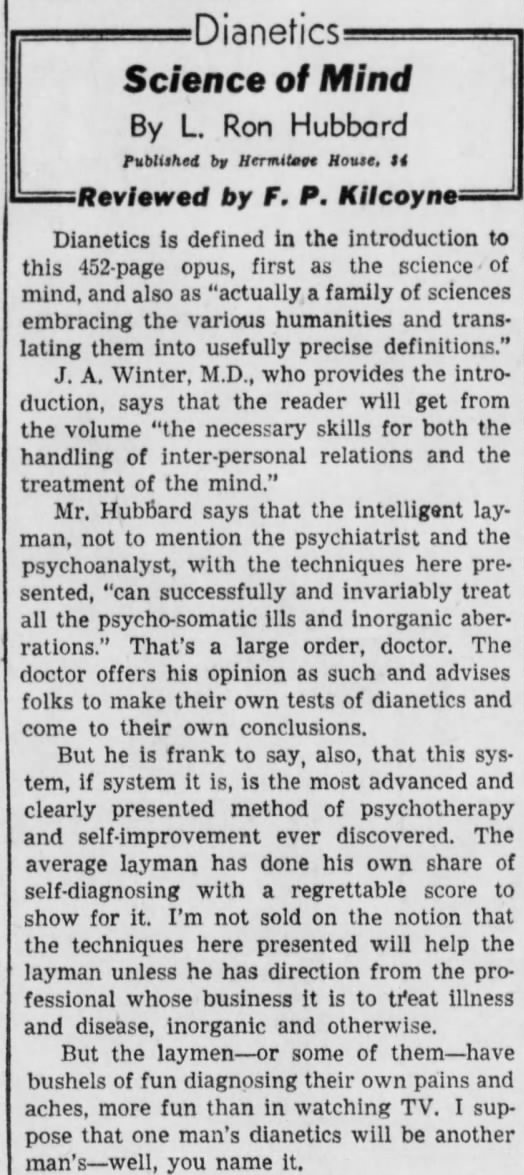
Why fight ISIS and not Assad? It’s certainly not for humanitarian reasons. Way more Syrians have been tortured and killed by the nation’s blood-soaked President than have been murdered in Syria and Iraq by the thoroughly modern, Rolex-wearing jihadists. It’s obviously for two reasons. One is strategic: While the crisis in Syria is horrifying, it’s contained within the state and doesn’t threaten other countries. The other is because of the ISIS marriage of medieval brutality (beheadings and mass executions) with modern marketing technology (Youtube, social media and video games). It’s hard to avoid the terror, and that’s the point. They’re not flying into your towers but into your head. From Christoph Reuter, Raniah Salloum and Samiha Shafy at Spiegel:
“In recent months, Islamic State has become known for its adept video production and its fighters are widely present on all manner of social media sites, including Twitter, Facebook, Tumblr, YouTube, Instagram and SoundCloud. If their accounts get closed down, they just register under new names.
But the group’s marketing gurus do much more than simply repeat the same message ad infinitum on different platforms. They design each video and each message to correlate exactly to the target audience. For Western observers, they are cool, clean and coherent. For locals, they are bloody, brutal and fear-inducing.
Bringing People Together
When it works to their advantage, they exaggerate their own massacres. Sometimes they falsify the identity of their victims. The thousands of fellow Sunnis they killed in Syria were branded simply as ‘godless Shiites’ on television. They even market themselves to kids, manipulating popular video games such as Grand Theft Auto V so that Islamic State fighters and the group’s black flag make an appearance.
In short videos from the series ‘Mujatweets,’ an apparently German fighter talks about his supposedly wonderful life in the Caliphate. Such scenes, depicting the multicultural Islamic State brotherhood, are clearly meant for Muslims in the West. ‘Look here,’ the message is, ‘everyone is equal here!’ The images suggest that jihad has no borders; that it brings people together and makes them happy. Other blogs include women gushing about family life in wartime and the honor of being the widow of a martyr.
Islamic State’s propaganda offers something for every demographic — it is so professionally produced that al-Qaida looks old-fashioned by comparison. It is, as the New York Times recently dubbed it, ‘jihad 3.0.'”



